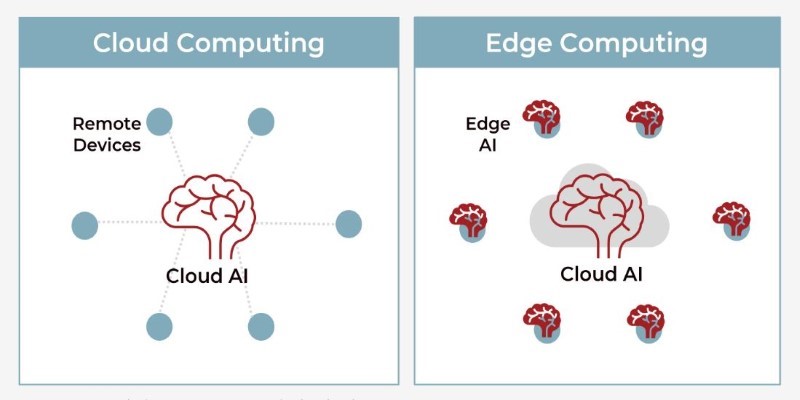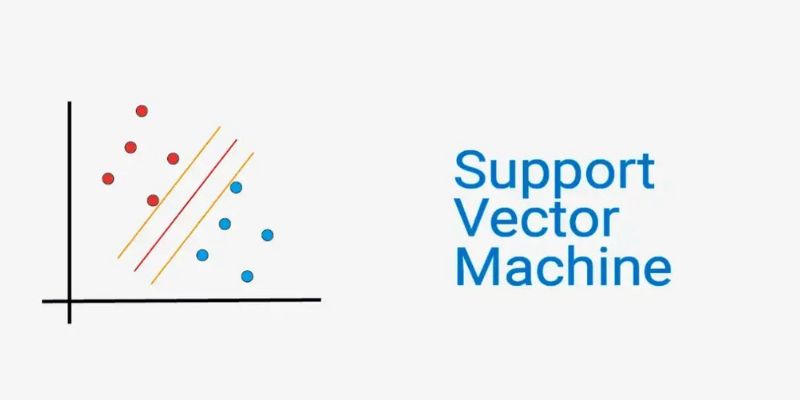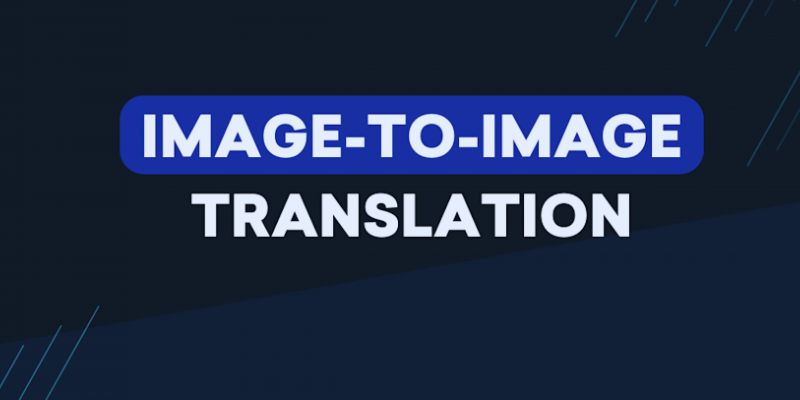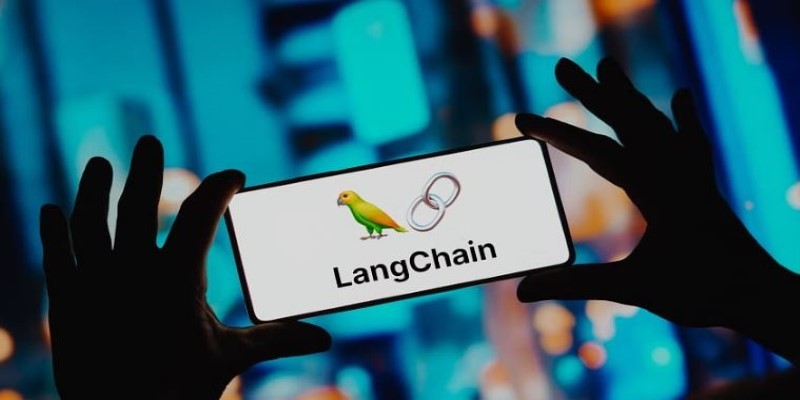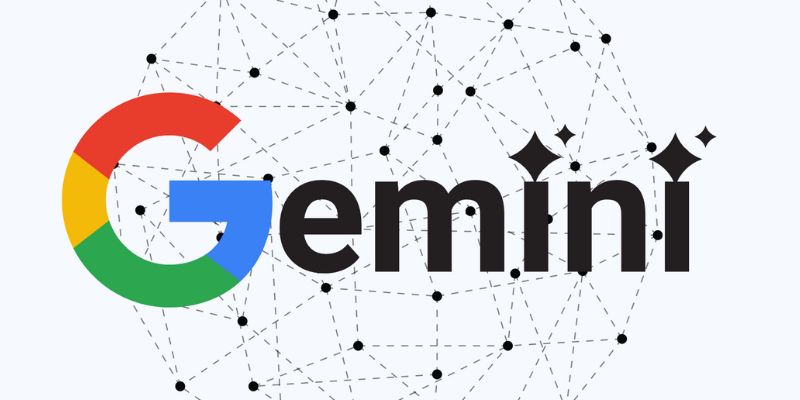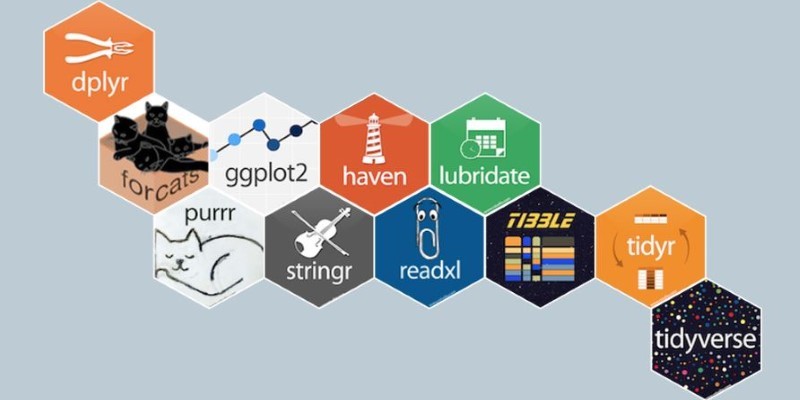Looking for a job can get overwhelming fast. Between tweaking your résumé, writing new cover letters for every opening, and trying to stand out, there's a lot to juggle. That's where ChatGPT can step in and lighten the load. Suppose you're wondering how, you'll find it surprisingly flexible. With the right approach, it works almost like a brainstorming partner, copy editor, and interview coach—all in one.
Below are six practical ways to use ChatGPT while job hunting. Each one is designed to help you be more efficient, organized, and confident.
6 Practical Ways to Use ChatGPT in Your Job Search
Sharpen Your Résumé Based on a Job Description
If you're applying to several roles, you've probably realized that one-size-fits-all résumés just don't cut it. You have to align your experience with what the employer is looking for, and ChatGPT can help with that.
Just drop in your current résumé and paste the job description right after it. Ask ChatGPT to compare both and reword your résumé to fit the position more closely. It's not about lying or stretching the truth; it's about framing your existing experience in a way that matches the language and priorities of the company.
If a role emphasizes leadership, ChatGPT can highlight parts of your work that reflect those traits. If the job values metrics and performance, it can help pull out the numbers from your achievements. The end result is something that feels a lot more focused and customized, without starting from scratch each time.
Craft Better Cover Letters Without Sounding Robotic
Most people dread writing cover letters. It's hard to strike the right tone, and even harder to avoid sounding like everyone else. That’s where ChatGPT can help shape your ideas into a compelling message.
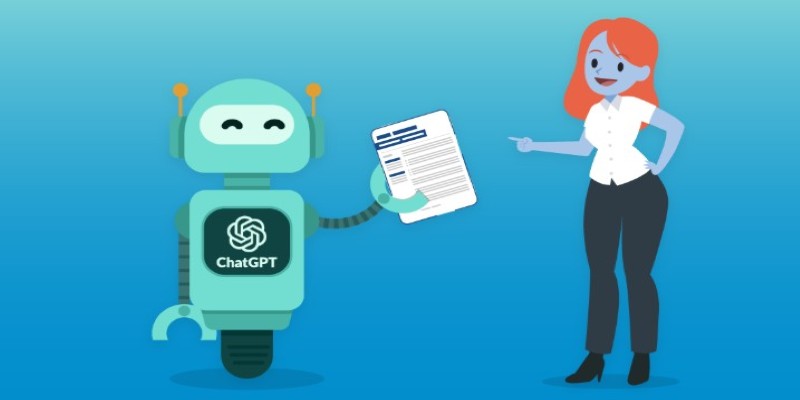
Start by giving it a few bullet points: who you are, what role you’re applying for, why you're interested, and any key things you want the company to know. From there, it can create a full draft in seconds. What’s more useful, though, is how it helps refine the structure—opening strong, keeping the content relevant, and ending on a clear note.
If you don’t like the first result, you can ask it to tweak the tone—maybe something more conversational or slightly more formal. It won’t get everything perfect, but it gets you past the blank page and speeds up the editing process.
Practice Interview Questions and Polish Your Answers
Interview prep is often where the nerves kick in. You don’t know what questions they’ll ask, and even if you do, figuring out how to answer them without rambling or going off-track takes work.
You can ask ChatGPT to simulate a mock interview for a specific job title. It’ll give you a list of questions, both common and role-specific. You can even narrow it down to behavioral questions, technical ones, or leadership-based prompts.
After answering, paste your response back in and ask for feedback. It can help trim out unnecessary phrases, tighten your wording, or rephrase parts to sound more direct. What you get is a cleaner, clearer version of what you want to say, with a lot less second-guessing.
Generate Follow-Up Messages That Sound Natural
You’ve just had an interview. Now comes the part where you send a thank-you email that doesn’t sound like a copy-paste from the internet.
With ChatGPT, you can share details like who interviewed you, what you discussed, and any highlights from the conversation. Ask it to write a short, thoughtful message that reflects that. The result is something that feels personal but polished—no awkward phrasing or stiff closings.
You can also ask it to help write polite check-in emails if you haven’t heard back. Just give a quick rundown of your last interaction, and it can help you keep your message respectful without sounding too passive or too pushy.
Organize and Track Job Applications in One Place
Keeping track of where you applied, when you sent in your résumé, who you spoke to, and when to follow up—it’s a lot to manage, especially if you’re applying to several roles each week.
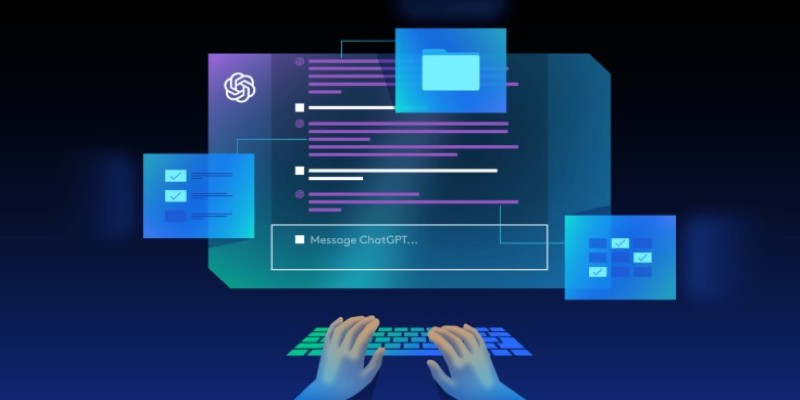
While ChatGPT doesn’t act as a spreadsheet, it can help you set up one. You can ask it to create a layout with relevant columns: company name, job title, date applied, status, interview dates, follow-up needed, etc. If you’re not sure what to include, it can guide you on how to build a simple tracker that covers all your bases.
Once the layout is ready, you can copy it over to Excel or Google Sheets and keep everything organized in one place. You’ll avoid applying to the same role twice and know exactly when to send that follow-up email.
Summarize Company Information Before an Interview
Before any interview, you want to sound informed, not just about the job, but the company as a whole. Instead of reading through long About pages or press releases and trying to boil it all down yourself, ChatGPT can help summarize.
You can paste in content from the company’s site, or ask for a quick overview based on public knowledge. What you’ll get is a clear summary of who they are, what they do, and any recent changes or goals they’ve shared publicly.
If you give ChatGPT the role you're applying for, it can also suggest which parts of the company's work might relate to that role. This helps you frame better questions during the interview and avoids generic ones that hiring managers have heard a hundred times.
Final Thoughts
ChatGPT won’t replace the effort or decision-making that comes with a job search, but it can make things smoother. Whether you need help with wording, structure, or staying organized, it offers solid support across different parts of the process. Use it right, and it helps free up more of your time and headspace for what really matters—finding a job that feels like the right fit.
